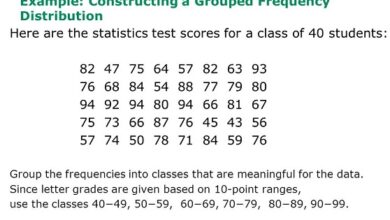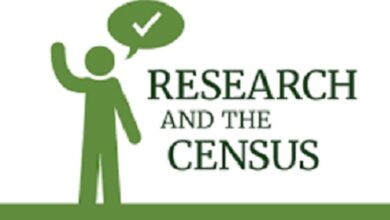How to organize data in research/Importance
The use of numerous techniques and different survey questions has led to the capture of research ideas and data in various styles and forms. That is why today we are going to learn how to organize the data of an investigation and what is the importance of doing it correctly. organize data in research
And it is that the data can become extremely overwhelming, regardless of its type. Over the years, market research has evolved and researchers now have access to multiple research techniques. If we add to this the number of responses captured over time, we find lots of dirty data that becomes unstructured and unreadable over time.
Structuring your data through a repository of insights and research can save you a lot of time, costs, and effort. It’s also easier to share data across multiple domains, keeping everyone on the same page.
Organizations carry out various research projects and they are often done over and over again. Furthermore, researchers cannot easily apply data collected from one research project to another to track trends. organize data in research
As a result, research reports are lost in time and hard to come by. Researchers spend too much time, money, and effort organizing research data and understanding past data and relating it to existing or future trends.
What is the most efficient way to organize research data?
Researchers have long struggled to manage, extract, map, or even read data from previous market studies. With the advancement of research techniques and the demand to do more with less, market researchers needed to step up the game to drive the speed of insights and turn them into data for decision-making.
At QuestionPro, many clients needed a repository of past and present data to gain quick insight into findings, reuse efficient workflows, add transparency, conduct short-term studies, and access real-time analytics. We developed the Insights Hub , a consolidated platform for organizing research data so that researchers can explore, search, or discover data points in a centralized repository.
The Insights Hub is a unified platform that manages research projects, stores responses, and displays results on demand for all stakeholders in the organization. organize data in research
It is an efficient platform for insights professionals to have data from previous projects at their fingertips and apply it to current projects with ease, saving time, cost and effort.
Importance of organizing research data
The information center or data repository to organize, structure and streamline research projects is vital to the success of organizations’ research departments.
The repository is like Wikipedia for company stakeholders, researchers, and decision makers, where all project information is stored, continually updated, easily searchable, and readily available.
These are the main reasons why organizations need to better organize research data and insights.
Quick access to information : The insights repository allows researchers quick access to insights, especially insights from the past. The searchable repository uses meta tags to make it easier for researchers to access past information. Research teams, stakeholders, and decision makers can now better access benchmarks from the past while comparing new findings and extracting market trends.
A better insight approach : Consumer behavior is highly dynamic and there are several factors that influence the way consumers react to different situations. Rather than starting each study from scratch, researchers now have the opportunity to draw on lessons from the past, identify trends, and gain deeper insights, all while saving time and costs. Researchers can focus their efforts on filling the knowledge gap by collecting the ideas that really matter. organize data in research
Transparency : Transparency is crucial for research because everyone has their own style of reading and organizing research data. It is also essential to know who has worked on the project to get in touch with stakeholders. Transparency in research projects helps all stakeholders and decision makers to agree. This is an essential part of fast and unified decision making within any organization.
Faster decision-making : Researchers can access all relevant project information under one roof in the research repository. Having access to the questionnaires, tools, approaches, methodologies and audiences of previous projects allows the studies to be deployed much more quickly. Investigators also gain insight into best practices and dos and don’ts while conducting research, reducing downtime and effort, leading to shorter turnaround times. research faster.
Instant analysis : The speed at which information moves is fast, and capturing, understanding, and making sense of these data points is crucial to the investigation. Using a research repository is a game changer in the world of market research. organize data in research
Relevant project information is brought to the surface with the help of smart tags and AI, giving researchers access to instant analysis in real time. The faster you understand and read your research data, the faster you can make decisions.


